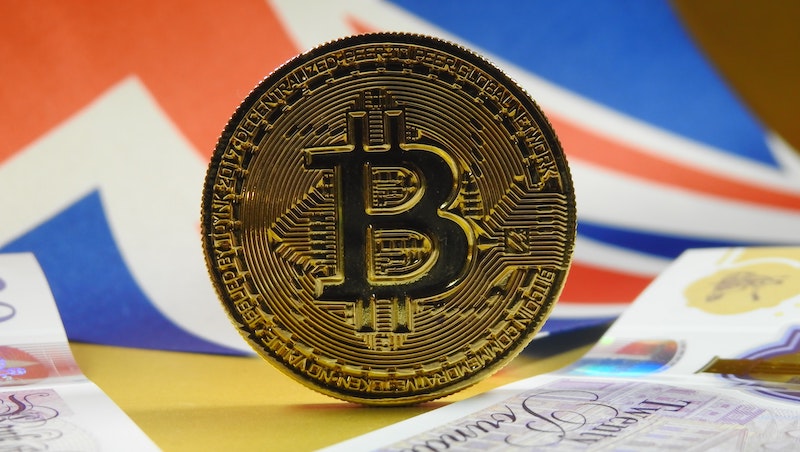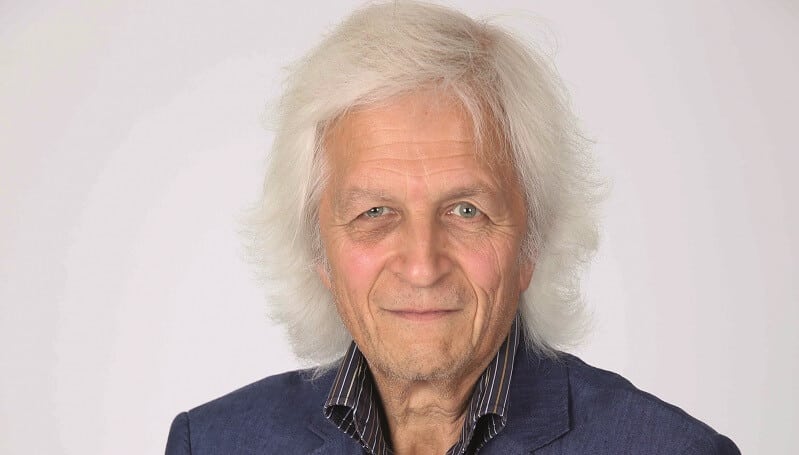This year has been a tough one for equity investors. Following February’s sell-off, most major markets have lost money year-to-date.
The drawdowns haven’t been eyewatering – far from it, in fact, relative to history – but these returns are bound to smart a bit. Particularly for any fledgling investors among us who have become accustomed to the comfort blanket of ultra-loose monetary policy and historically-low volatility across most developed markets.
For more seasoned investors who have experienced misplaced market confidence before, the signs of classic market euphoria were clear back in January.
Blackrock reported a record $100.6bn of inflows into exchange-traded products, cash balances among global fund managers dropped to five-year lows, according to the BofA Merrill Lynch Global Fund Manager Survey, and the Lloyds Investor Sentiment Index had risen for the fourth consecutive month.
However, the beginning of a potential trade war between China and the US was perhaps the straw that broke the camel’s back, contributing to a swift reversal of fortune. After an initial bounce-back in some regions, most bourses have failed to return to their previous highs.
Why have things changed for investors?
For the past nine years, ultra-loose monetary policy from central banks has artificially bolstered stock market returns and, by and large, kept volatility at bay. Essentially, low interest rates and quantitative easing provided markets and the economy with an almost decade-long period of free money.
As we all know, the UK and the US have been raising interest rates for the past year and quantitative tightening has already begun. Because so many people have taken advantage of ultra-low interest rates, consumers, businesses and some governments are now saddled with hefty amounts of debt. Now, they are arguably more sensitive to rate hikes than ever.
To quote Albert Edwards at SocGen: “The Federal Reserve has built up the illusion of economic prosperity on a mountain of debt, fuelled by monetary steroids that have inflated asset values way beyond their sustainable level.”
The Fed’s behaviour is also arguably at odds of official data coming from the US, according to John Williams of ShadowStats, who suggests that its economic outlook is deteriorating. Of course, if this is the case, it could leave the US dollar exposed to heavy selling which, in turn, could bruise US equities and cause gold, silver and oil prices to spike. However, it is worth pointing out that the current consensus expects the US dollar to strengthen.
This is why investors need to think a lot more about risk than they have done before.
Where to put your money?
One developed market country that we particularly like is Japan which, on a relative basis, is far more attractively valued than the US.
A good option could be T Rowe Price Japanese Equity. Manager Archie seeks companies with competitive advantages in areas such as brands or technology – characteristics that he thinks are often undervalued by the market. He will adapt his investing style as needed to suit changing market conditions, which has helped him to outperform in different environments.
Another option for those looking to increase their exposure to Japan would be Baillie Gifford Japanese which, again, ignores short-term market movements and delves under the bonnet of each potential investment, in a bid to find attractively-valued stocks with strong long-term growth prospects.
We also like Asia Pacific and emerging market equities. If the consensus is correct and the dollar strengthens, this could cause short-term market pull-backs in both regions, which could open up some buying opportunities. And, in the long term, demographics of the regions are favourable and headline figures are improving.
An example of an emerging market fund we like is M&G Global Emerging Markets, which is headed up by Matthew Vaight. Vaight believes that long-term returns are driven by value creation and, as such, adopts a bottom-up approach to portfolio construction in order to find attractive, yet mispriced, stocks.
In terms of Asia Pacific funds, we like Schroder Asian Income which, as its name suggests, offers the additional benefit of paying out a regular stream of income. Manager Matthew Dobbs aims to exploit market inefficiencies and short-term sentiment swings in order to find competitively priced stock opportunities.
February’s correction may be a blip or a taster of what is to come. Either way, we will have to get used to the idea of increased volatility in markets after years of smooth and steady returns.
As such, it pays to focus on valuation and hunt out the stock-pickers who are unafraid to use volatility to their advantage.











